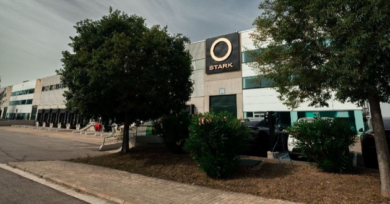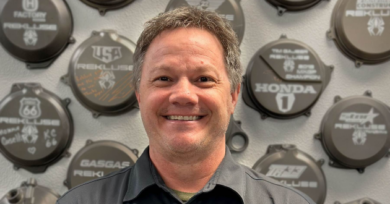August 8, 2011 – Harley’s U.S. retail sales bounce back
If any U.S. Harley-Davidson dealers were holding their breath for the past 17 quarters, waiting for retail sales to bounce back, a collective sigh was let out in mid-July when the company announced U.S. retail sales saw their first increase since 2006.
Not only did sales increase, but they jumped 7.5 percent in the second quarter over the year-ago period. Through the first six months of 2011, U.S. retail sales are also up 4.4 percent over the year-ago period.
“We are very pleased to present these U.S. increases,” CFO John Olin said during a conference call.
During the second quarter, 53,599 new motorcycles were sold by U.S. Harley dealers. Within the first six months, 85,290 were sold. Meanwhile, U.S. dealers’ inventory decreased by 3,500 units compared to the second quarter of 2010.
Boosted by success in the United States, worldwide retail sales were up 5.6 percent over the year-ago period. Internationally, 29,797 units were sold, a 2.4 percent increase over second quarter 2010. Asia Pacific saw a retail sales increase of 6.7 percent, while Europe’s sales jumped 2.6 percent. Canadian sales were down 2.1 percent, while Latin America saw a 1 percent dip.
Overall, the company saw improvement over several areas. Income from continuing operations rose 36.8 percent to $190.6 million. Earnings were led by operating income from Motorcycles and Related Products, which increased 39.2 percent to $219.8 million. Revenues from the motorcycle operations rose 20.9 percent to $1 billion. Parts and accessories saw a 10.2-percent revenue increase to $255 million, and general merchandise, which includes MotorClothes apparel and accessories, experienced an 8.2-percent revenue increase to $72.9 million.
Gross margin sat at 35 percent, flat over the year-ago quarter. Harley-Davidson Financial Services reported an operating income of $82 million, compared to $60.8 million in second quarter 2010. The increase was credited largely to continued improvement in credit performance.
“Harley-Davidson continues to make great progress as we transform our business and take our iconic brand to the many roads of the world,” CEO and president Keith Wandell said. “While we are pleased by Harley-Davidson’s second-quarter results, including the strong jump at retail in the U.S., our focus remains squarely on sustaining this progress through the ongoing implementation of our business strategy.”
As the company reported overall improvement, it increased its shipment guidance and is now expecting to ship 228,000-235,000 bikes worldwide. As of April 19, only 215,000-228,000 motorcycles were expected to have been shipped, and only 210,494 were shipped in 2010. This change comes as the company is working to realign supply with demand. It also has increased confidence that it has minimized the effects of supply chain issues associated with the March earthquake in Japan.
Gross margin is now expected at 34-35 percent for the full year. Prior estimates forecasted gross margin at a 33.5-35 percent increase.
“Through the transformation to best-in-class manufacturing, product development and retail capabilities, we are positioning Harley-Davidson to be customer-led in all we do. Our employees, dealers and suppliers deserve tremendous credit for their dedication to making customers’ dreams a reality by delivering remarkable products and extraordinary customer experiences,” Wandell said. “We also believe the continued improvement in our results in the face of ongoing consumer and economic uncertainty speaks to the power of the Harley-Davidson brand globally.”
Wandell, who participated in the conference call from the Harley dealer meeting in Anaheim, Calif., said the company has launched a Retail 2020 program in order to improve customer experience and create profitable dealers.
“It’s really about helping our dealers improve a great customer-led experience everyday,” he said.
Harley reported that its cost estimates for restructuring activities have been reduced. All previously-announced company-wide restructuring activities are expected to result in one-time charges of $490 million to $505 million, including the 2011 charges of $80 million to $90 million. Savings in 2011 are expected at $210 million to $230 million because of restructuring, while ongoing annaul savings of $305 million to $325 million are expected once the restructuring is fully implemented.




